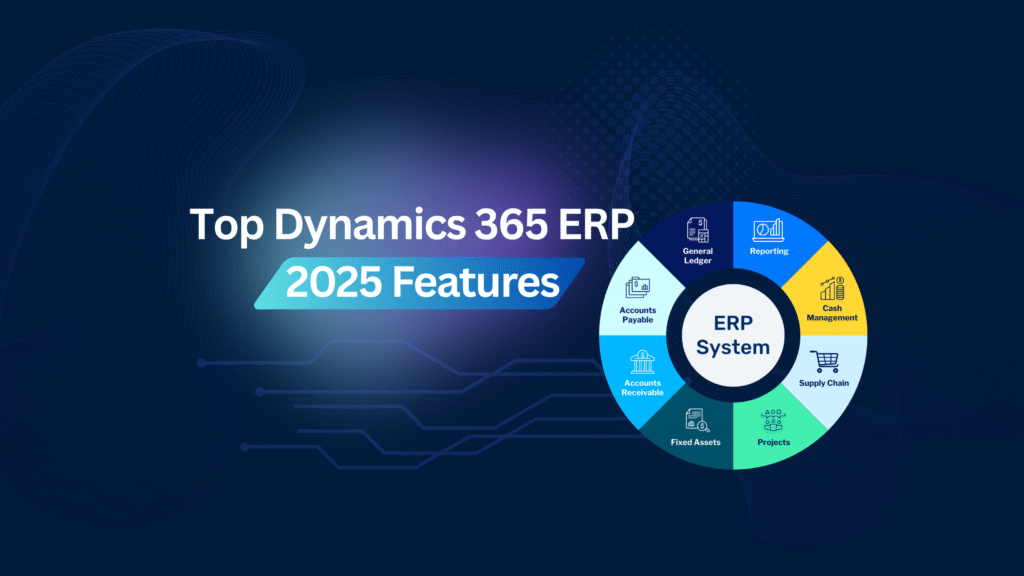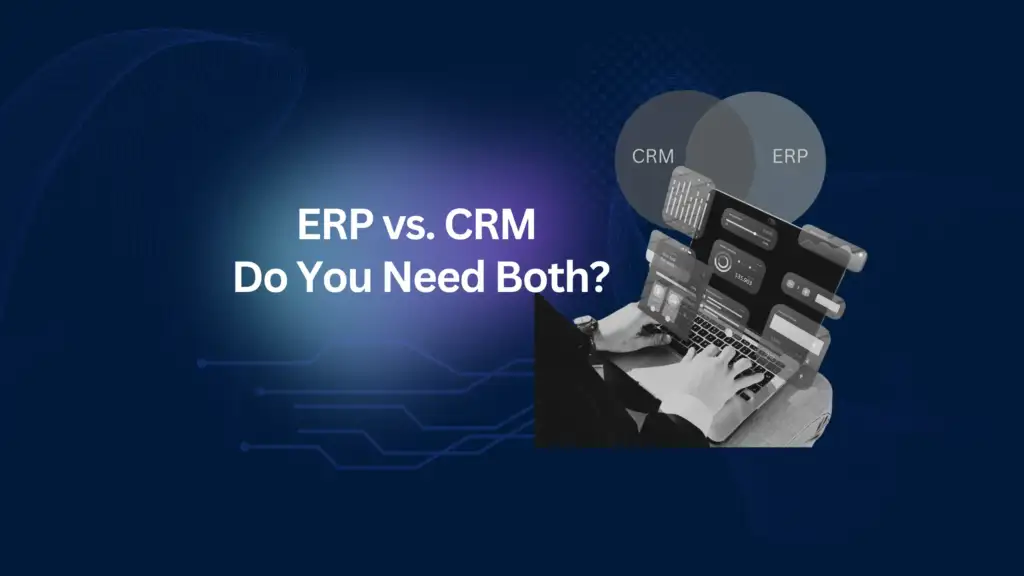In an increasingly complex business landscape, organizations are continually seeking solutions that streamline operations and simplify the management of multiple legal entities. The Multi-Entity Management extension for Microsoft Dynamics 365 Business Central is one such tool, designed to address the inherent challenges of handling diversified business units, subsidiaries, or regions under a single umbrella. In this comprehensive review, we dive deep into the features, benefits, limitations, and overall value of this extension, helping you understand how it can transform your enterprise’s financial and operational management.
Introduction
Modern enterprises, especially those operating across various geographies and legal frameworks, face unique challenges. These include:
- Data Silos: Disparate systems and processes that lead to fragmented information.
- Manual Data Handling: Labor-intensive processes that increase the risk of errors.
- Complex Consolidations: Difficulty in generating accurate, consolidated financial reports.
- Regulatory Compliance: Navigating diverse regulatory requirements across entities.
The Multi-Entity Management extension promises to tackle these challenges head-on by centralizing control and automating routine tasks. In this review, we explore whether this promise holds up in real-world applications and how it stands out in today’s competitive software landscape.
Key Features and Functionality
Centralized Control
One of the most significant advantages of the extension is its ability to offer centralized control. This means that instead of juggling multiple systems or interfaces, administrators can oversee all entities from a single dashboard. The benefits include:
- Unified Data Management: All data is aggregated into one central repository, eliminating inconsistencies and facilitating a clearer overall picture.
- Real-Time Insights: With instant access to operational metrics across all entities, decision-makers can quickly identify trends and areas needing attention.
- Simplified Administration: Uniform policies and updates can be deployed across the board, reducing the complexity of managing separate systems for each entity.
Automated Intercompany Transactions
Intercompany transactions, which are often fraught with errors when handled manually, are streamlined with automation. This feature ensures that:
- Data Entry Redundancy is Eliminated: Transactions are recorded simultaneously across entities, removing the need for duplicate entries.
- Accuracy is Enhanced: Automated processes minimize human error, resulting in cleaner, more reliable financial data.
- Efficiency is Improved: Time saved on manual processing can be reallocated to more strategic tasks, boosting overall productivity.
Consolidated Reporting
For businesses with multiple legal entities, generating consolidated financial reports is a complex, error-prone task. This extension simplifies the process by:
- Providing Unified Financial Data: Consolidated reports offer a comprehensive view of an organization’s overall financial health.
- Enhancing Compliance: With standardized reporting methods across entities, companies can more easily adhere to regulatory requirements.
- Accelerating Decision-Making: Quick access to reliable, real-time reports allows leadership to respond to issues and opportunities faster.
Operational Efficiency and Scalability
Beyond data management, the extension is designed to enhance overall operational efficiency:
- Reduced Administrative Overhead: By automating routine tasks and centralizing control, the extension frees up resources that can be redirected toward strategic initiatives.
- Scalability: As your organization grows, the extension scales seamlessly, accommodating additional entities without disrupting existing workflows.
- Enhanced Data Integrity: Integrated processes ensure that data remains accurate and consistent, supporting better analysis and decision-making.
Detailed Analysis and User Experience
Implementation and Integration
Ease of Integration:
The extension integrates directly with Microsoft Dynamics 365 Business Central, making it a natural fit for organizations already using the platform. Users report that the installation process is straightforward, though it is recommended to work closely with IT specialists or the vendor’s support team during the initial rollout to ensure a smooth transition.
Training and Adoption:
Even the most powerful tools require proper training. Comprehensive training materials and vendor support are critical for maximizing the extension’s benefits. Organizations that invest in thorough user training tend to experience faster adoption and a quicker return on investment (ROI).
Performance and Reliability
Real-World Application:
In practice, the Multi-Entity Management extension has proven its worth in various industries—from multinational conglomerates to mid-sized enterprises. Companies have reported:
- Improved Accuracy: With automated processes, errors that typically plague manual data entry have significantly decreased.
- Enhanced Operational Speed: Real-time reporting and consolidated dashboards reduce the time needed for monthly or quarterly closings.
- Greater Strategic Insight: With a comprehensive view of all entities, leadership can make more informed decisions, optimizing resource allocation and identifying growth opportunities.
User Interface:
The extension’s user interface is designed with simplicity in mind. Its intuitive dashboard provides quick access to critical data, enabling both high-level overviews and detailed inspections. Users appreciate the balance between functionality and ease-of-use, which minimizes the learning curve and enhances daily operations.
Pros and Cons
Pros
- Centralized Management: Unifies control over multiple entities, reducing the need for disparate systems.
- Automated Transactions: Eliminates redundancy and reduces errors in intercompany transactions.
- Consolidated Reporting: Offers a unified view of financial performance, crucial for strategic planning and compliance.
- Scalability: Easily adapts to the growth of the organization, accommodating new entities without disruption.
- Time and Cost Efficiency: Streamlines processes, ultimately reducing administrative overhead and labor costs.
Cons
- Initial Setup Complexity: Although integration is generally smooth, the initial setup may require significant planning and coordination.
- Training Requirements: The full benefits of the extension may not be realized without proper training and user adaptation.
- Dependence on Dynamics 365 Business Central: Organizations not already using this platform may face additional integration challenges.
Comparative Insights
When compared with other multi-entity management solutions, the Multi-Entity Management extension for Dynamics 365 Business Central holds its own in several key areas:
- Integration: Its seamless integration with a widely adopted ERP system is a major advantage, particularly for organizations already using Dynamics 365 Business Central.
- Automation: Many competitors offer similar functionalities, but the degree of automation in intercompany transactions provided by this extension is notably robust.
- User Experience: The intuitive dashboard and centralized control are consistently highlighted as standout features in user reviews.
While no tool is without its challenges, the overall performance, coupled with the significant operational benefits, positions this extension as a leading solution for managing multi-entity operations.
Strategic Impact and Future Outlook
Empowering Decision-Making
By providing a centralized and automated framework, the extension empowers business leaders to make data-driven decisions. With all financial and operational data available in real-time, executives can identify trends, adjust strategies promptly, and allocate resources more effectively. This level of insight is particularly valuable in dynamic market conditions where rapid response can mean the difference between success and missed opportunities.
Scalability and Growth
The extension is designed to grow with your business. Whether you’re adding new legal entities due to geographical expansion or incorporating different product lines, the solution scales without compromising performance. This scalability ensures that as your operational complexity increases, your systems remain robust and reliable.
Preparing for Future Trends
Looking ahead, the role of automation in financial management is set to increase. Innovations such as artificial intelligence (AI) and machine learning are likely to further enhance the capabilities of multi-entity management systems. The extension is well-positioned to integrate these advancements, promising even more sophisticated analytics, predictive reporting, and enhanced automation in the future.
Conclusion and Recommendations
The Multi-Entity Management extension for Microsoft Dynamics 365 Business Central represents a significant step forward in the management of complex, multi-entity organizations. Its robust features—including centralized control, automated intercompany transactions, and consolidated reporting—address the core challenges faced by modern enterprises. While there are initial setup and training requirements, the long-term benefits in terms of efficiency, accuracy, and strategic insight far outweigh these considerations.
Final Verdict
Pros:
- Streamlined and centralized management of multiple entities.
- Significant reduction in manual data entry and associated errors.
- Comprehensive and real-time consolidated reporting.
- Scalability that supports organizational growth.
- Enhanced strategic decision-making through improved data visibility.
Cons:
- Requires careful initial planning and setup.
- Adequate training is necessary to fully leverage all functionalities.
- Best suited for organizations already within the Dynamics 365 Business Central ecosystem.
For businesses operating in complex, multi-entity environments, this extension is a compelling investment. It not only simplifies day-to-day operations but also provides the strategic insight necessary to drive long-term success. If your organization is looking to reduce administrative burdens, improve data accuracy, and empower leadership with real-time financial intelligence, the Multi-Entity Management extension is well worth considering.
to enable this feature, you should go to extension management and search for WMS express and enable HttpClient Requests:









